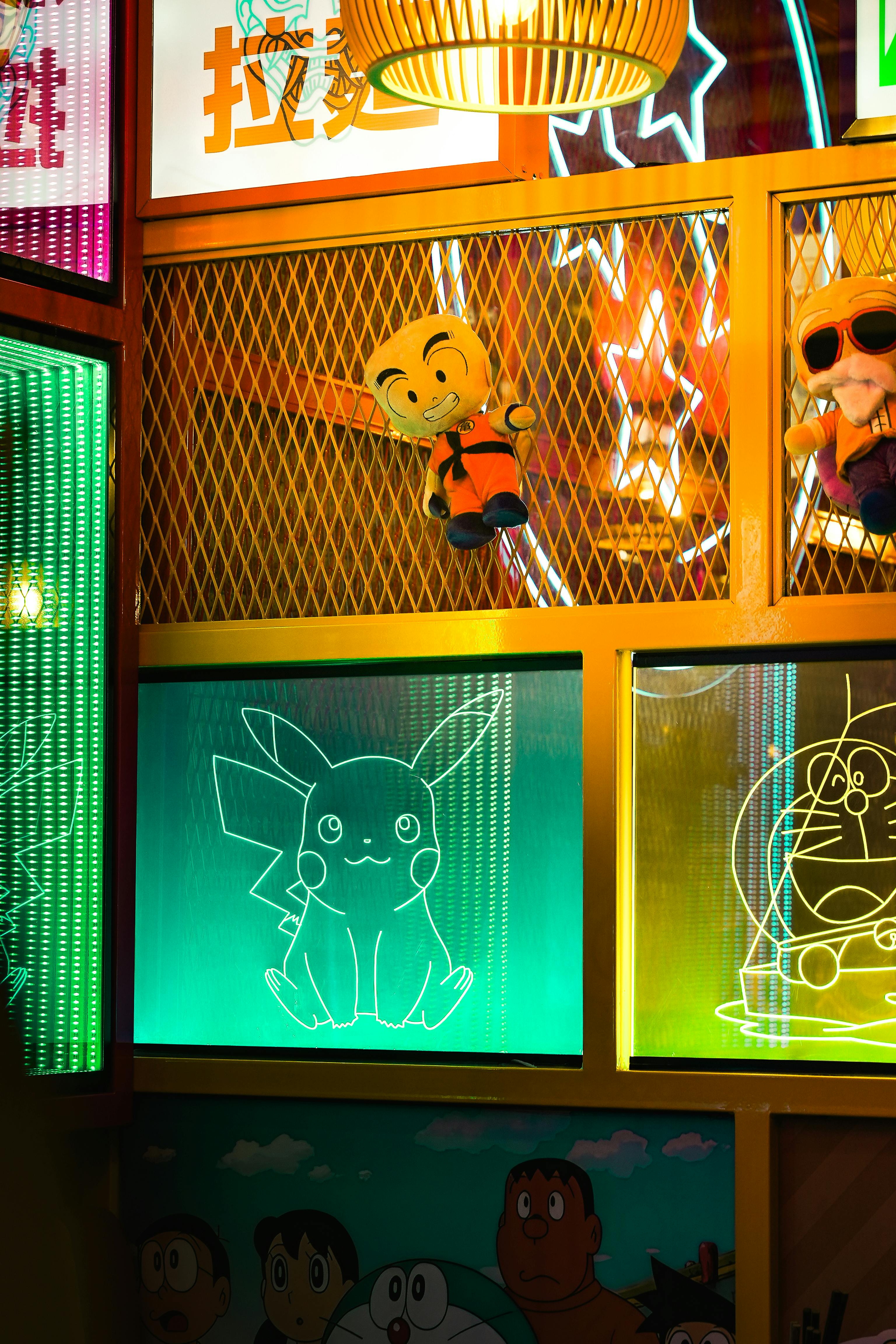Reinventing the Wheel: The Rebirth of Traditional Animation in a Digital Age
Introduction: In the ever-evolving world of animation, can traditional techniques still captivate audiences? While digital technology races ahead, there's a subtle shift back to hand-drawn animation. This unexpected return of an old art form in our digital age offers a refreshing, nostalgic contrast to the high-tech graphics we're used to.

Back to Basics: The Roots of Traditional Animation
Traditional animation, or cel animation, has a rich history dating back to the late 19th century. The painstaking process involved artists hand-drawing each frame onto clear plastic cels, which were then photographed over painted backgrounds. The advent of digital technology in the late 20th century revolutionized the animation industry, rendering the time-consuming process of cel animation largely obsolete.
The Digital Takeover: A New Era in Animation
The shift to digital animation was almost universally adopted, with computer-generated imagery (CGI) becoming the industry standard. Classics like Toy Story, Shrek, and Frozen are testaments to the immense popularity and success of digital animation. However, the dominance of CGI has led to a certain degree of saturation, prompting some filmmakers and audiences to yearn for a return to more traditional techniques.
The Renaissance: A Return to Traditional Animation
In recent years, a resurgence of interest in traditional animation has been gaining momentum. Independent animators and smaller studios have been leading the charge, creating beautifully hand-drawn films that are garnering critical acclaim. Notably, the Studio Ghibli film, “The Tale of Princess Kaguya,” was lauded for its unique and enchanting style, reviving interest in the art of hand-drawn animation.
The Impact: Traditional Animation in a Digital World
The return of traditional animation offers a distinct aesthetic that sets it apart from the slick, polished look of CGI. The tactile quality of hand-drawn animation can evoke a sense of nostalgia and warmth, providing a refreshing contrast to the sometimes sterile feel of digital animation. This has the potential to create a more immersive and emotionally resonant viewing experience.
In The Future of Animation
The resurgence of traditional animation in a digital age is a testament to the enduring appeal of this time-honored art form. While it’s unlikely that traditional animation will ever eclipse digital techniques in terms of popularity or financial viability, its resurgence offers a much-needed diversity in the animation landscape.
The future of animation is likely to be a vibrant blend of old and new, where traditional techniques are valued alongside digital innovations. As audiences and creators continue to appreciate the unique charm and artistic value of hand-drawn animation, this old art form is set to continue its captivating journey in our digital age.




